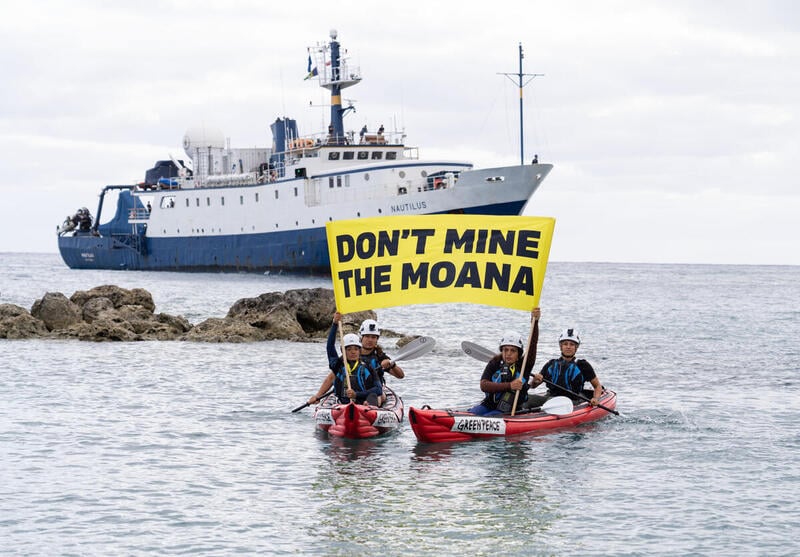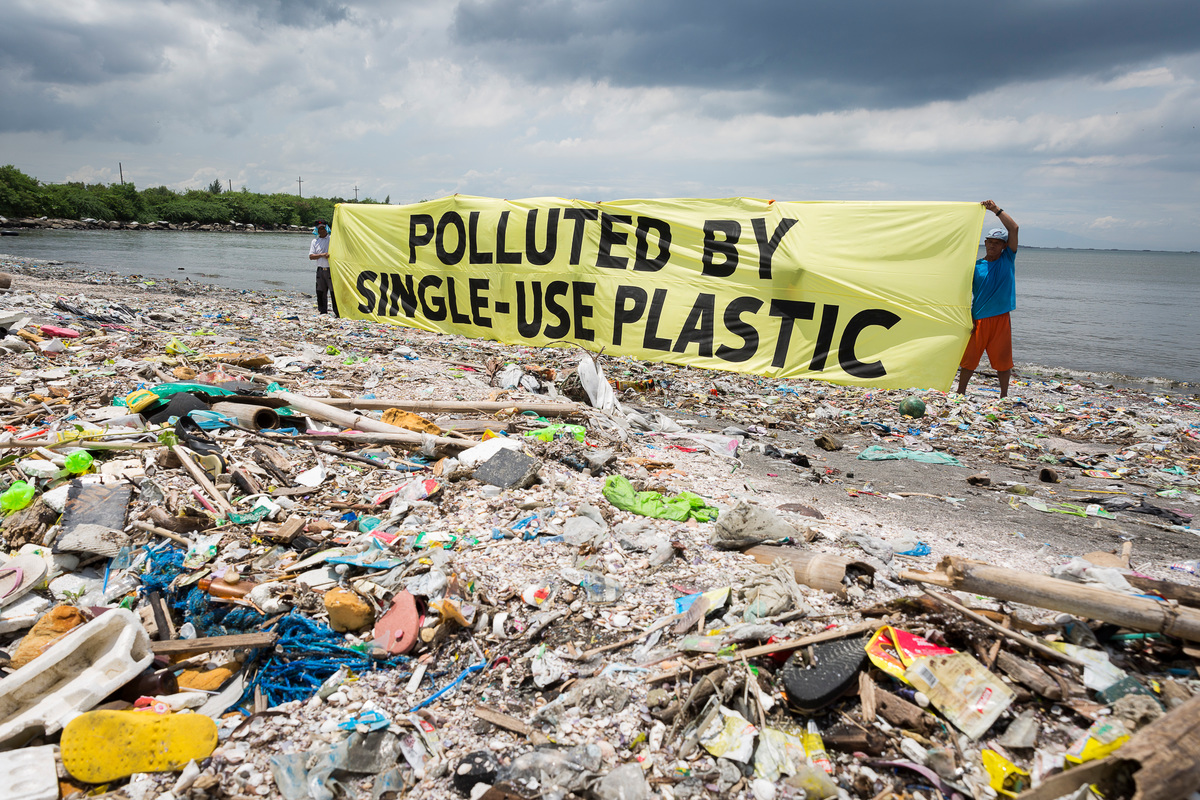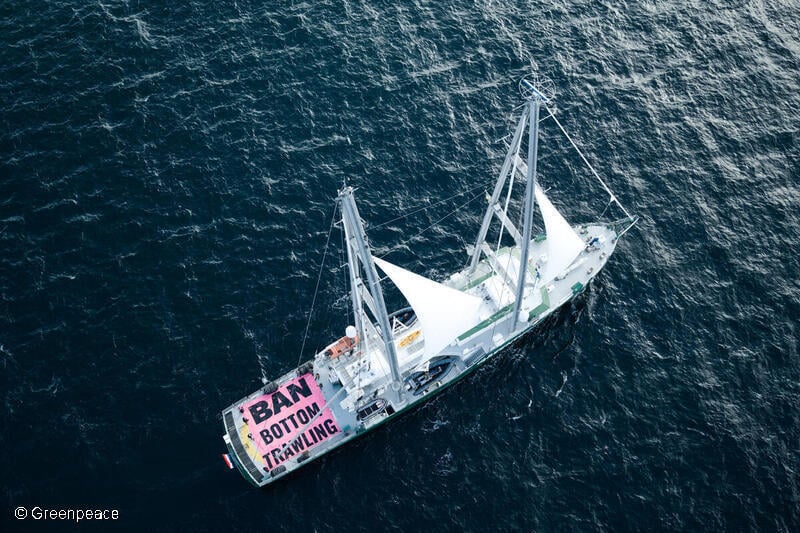BREAKING: It’s been revealed that a New Zealand bottom trawling vessel has pulled up six tonnes of protected stony coral in a single trawl – making it the worst reported case of coral destruction in New Zealand waters in over a decade.
Environmentalists are describing the incident as “a stark reminder of the horrors of bottom trawling” and are renewing calls for the destructive fishing method to be banned on seamounts and other vital deep sea habitats.
The stony coral, which is a critical reef building coral and protected in New Zealand, was pulled up by an unnamed trawler towards the end of the 2024 while it was fishing on the Chatham Rise, a large underwater plateau with seamounts and a diverse range of ocean life, off the South Island’s east coast.
The data was released by the Ministry for Primary Industries (MPI) only after an official information request by the Deep Sea Conservation Coalition (DSCC) and is the largest reported coral bycatch since a similar incident in 2008.
Karli Thomas from the Deep Sea Conservation Coalition, who’s at the United Nations Oceans Conference (UNOC) in France, says the incident is “a disaster for deep sea corals” and is “truly heartbreaking”.|
Reef building corals, like stony corals, are slow growing and can live for thousands of years. Coral reefs in the deep sea provide critical habitats for a variety of deep sea life.
“If this incident had happened in the international waters of the South Pacific, the area would have been immediately closed to trawling. Coral must be protected if we want healthy and thriving ocean ecosystems and this latest coral bycatch is a reminder of how destructive bottom trawling is – and why it must be banned from ancient and fragile deep sea habitats” says Thomas.
Greenpeace spokesperson Ellie Hooper says Greenpeace witnessed the kind of destruction caused by trawlers in the deep sea first hand, during a seamount expedition in March where deep sea cameras were used to survey the seafloor, including in intensively trawled areas.
“What we saw was shocking; hours and hours of footage of lifeless fragmented and broken coral – a coral graveyard in the deep. The bottom trawling industry has gotten away with this kind of destruction in the waters of Aotearoa and the South Pacific for too long. Trawling causes indiscriminate damage to these vital habitats. It’s indefensible and it must stop.”

Dr Kayla Kingdon-Bebb, Chief Executive of WWF-New Zealand, is also on the ground at UNOC and says this incident further underscores the absurdity and unsavouriness of Seafood New Zealand’s recent greenwashing of the widespread reliance on bottom-trawling in Aotearoa’s commercial fisheries.
“If people were horrified by the bottom-trawling depicted in Sir David Attenborough’s new Ocean film, then they will be shocked to know that some of what takes place in Aotearoa is actually far worse than that footage.”
“These images of a trawl net bursting with tonnes of bulldozed corals speak for themselves.”
While MPI is attempting to argue the bycatch was a mix of natural and dead coral – and mud – Barry Weeber from ECO calls this “disingenuous”.

“There is no way that official coral bycatch would be registered in the data with mud making up part of that weight. There are separate codes for an observer to record non-biological material on vessels and MPI reports the bycatch on their public database as corals, not corals and mud. The government spin that this catch is half mud is simply ludicrous and reeks of an industry-captured government department defending the indefensible. The image they provided doesn’t show any mud at all.”
Weeber says that mud making up a significant portion of the catch seems unlikely given the towing speed and having to retrieve a net from nearly 1km down: any mud would be washed out of the net.
He also noted dead coral was an important part of the ecosystem.
The release of the coral bycatch information comes as the New Zealand government is attending UNOC. One of the issues that will be discussed is a global fund for coral reef conservation, to which Foreign Minister Winston Peters has pledged NZD $16.2 million (USD $10 million).
“It’s deeply ironic that the New Zealand government is internationally promoting coral conservation while wholesale coral destruction like this continues in our waters, and bottom trawlers are still allowed to trawl on seamounts and features – areas we know are hotspots for protected corals,” said Karli Thomas.
Environmental groups have repeatedly called on the New Zealand government to ban bottom trawling on seamounts and other areas where protected corals are known to occur, and to stop issuing permits to New Zealand vessels to bottom trawl on seamounts in international waters. New Zealand is the only country with vessels still bottom trawling seamounts in the South Pacific high seas.

At home and far out to sea, our oceans are being plundered for profit by the fishing industry through bottom trawling. But what is bottom trawling and why is it so destructive to ocean habitats?
Take Action


